HIGASHIYA, an Ultra Modern Confectioner
The company reworks traditional Japanese confections by changing their aesthetic, without straying from their usual flavours.
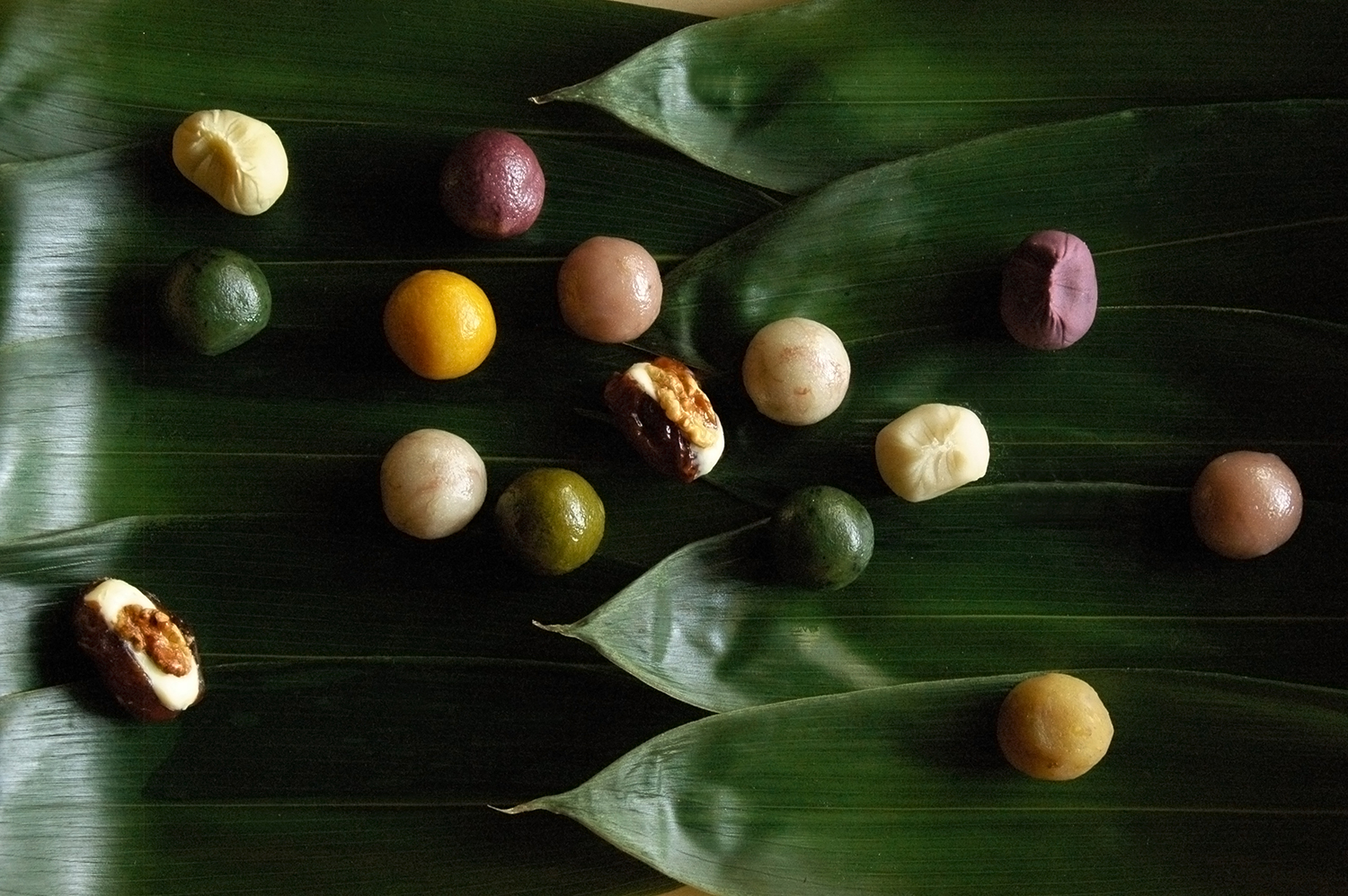
© HIGASHIYA
Wagashi, traditional confections that accompany matcha during the tea ceremony, often come in plant-based or animal shapes. Thus, foodies can enjoy a sweet shaped like a leaf in autumn, while in spring, these sweets take the form of cherry blossoms.
However, in the confectionery shop HIGASHIYA, wagashi enthusiasts may be taken aback. Here, the sweets take the form of sticks, bars, little round balls like marbles, and even sushi from Nara, covered in a delicate leaf. ‘We enjoy it with our eyes, attentively listen to its sound and smell its subtle fragrance. We touch it with our fingers, feel it on our tongue—then finally taste it’, the confectioner’s website declares.
Preserved flavours
Although HIGASHIYA, who opened their first shop in 2003, shake up the traditional aesthetic of Japanese confections, they respect certain traditions scrupulously. As with classic confections, the ingredients for the wagashi made by HIGASHIYA change with the seasons; the sweets are made using fresh produce and even though their shape is reinvented, their flavours remain unchanged. Thus, red bean paste tends to be dominant.
Customers can taste the sweets in the HIGASHIYA shops, which also house, like HIGASHIYA GINZA, a tea room with a minimalist feel that offers drinks that marry perfectly with each of the sweet treats made by the confectioner.
More information about HIGASHIYA’s menu can be found on the confectioner’s website.
Address: Japan, 〒104-0061 Tokyo, Chuo City, Ginza, 1 Chome−7−7 Pola Ginza Building 2F
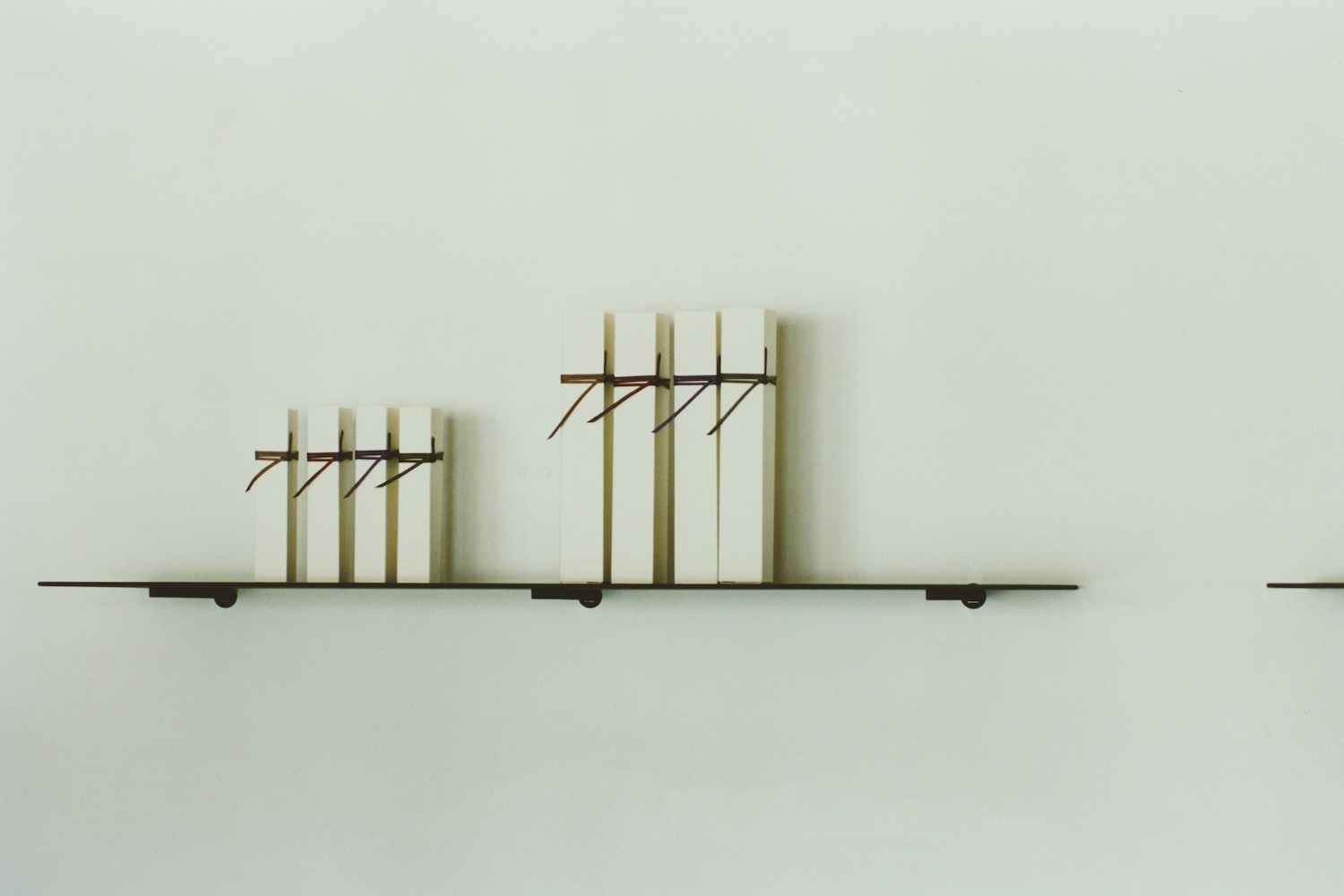
© HIGASHIYA
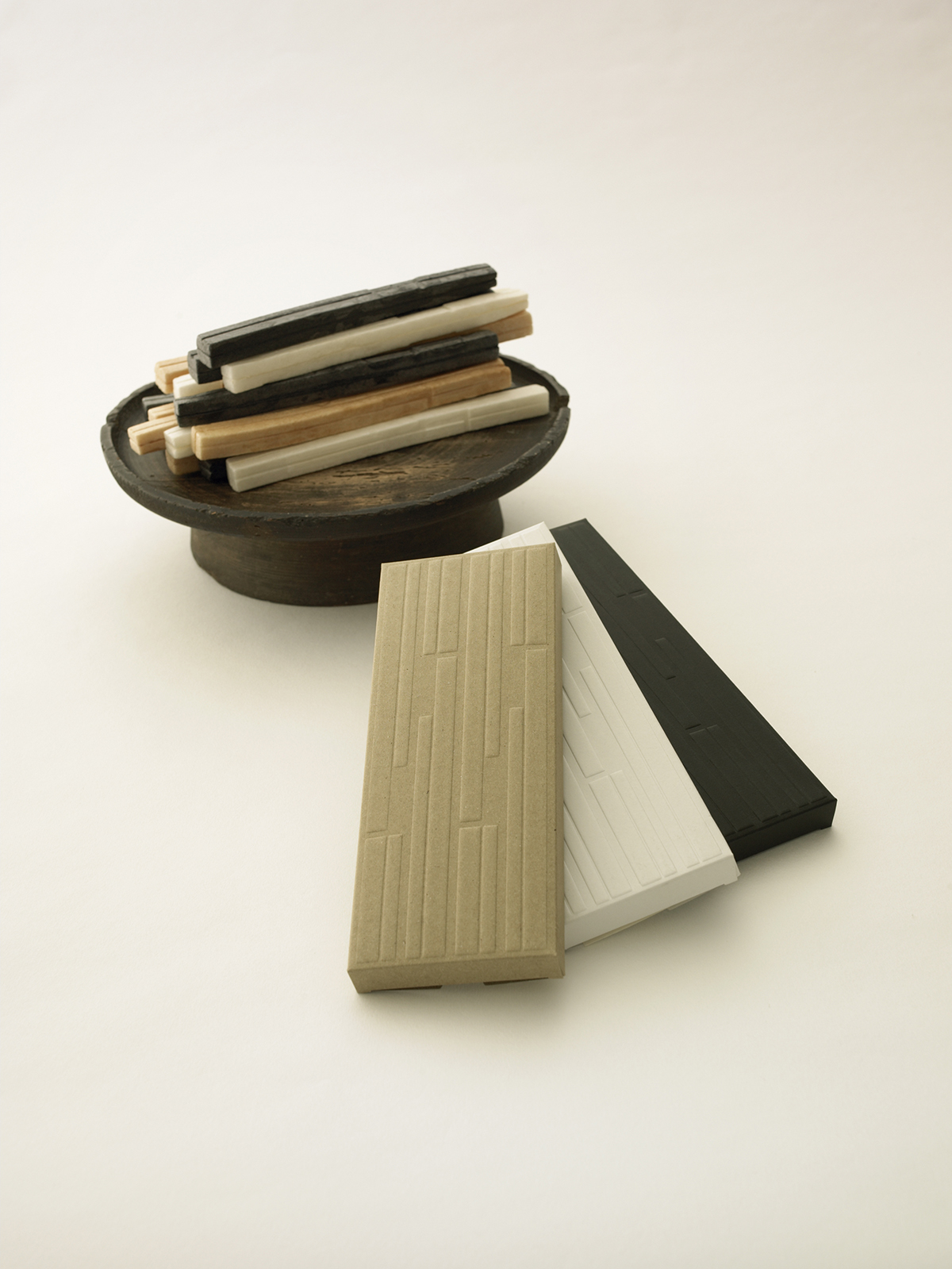
© HIGASHIYA
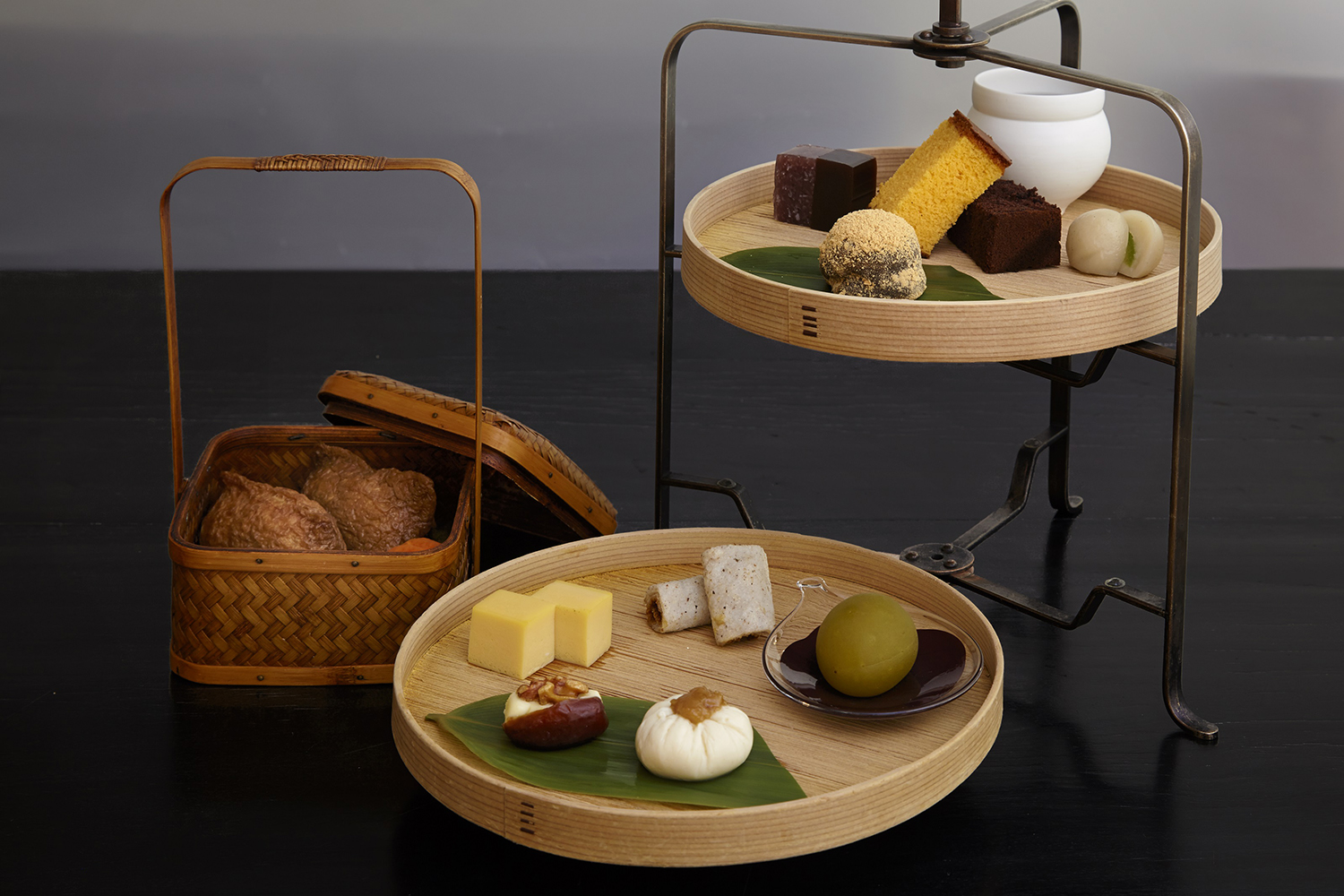
© HIGASHIYA
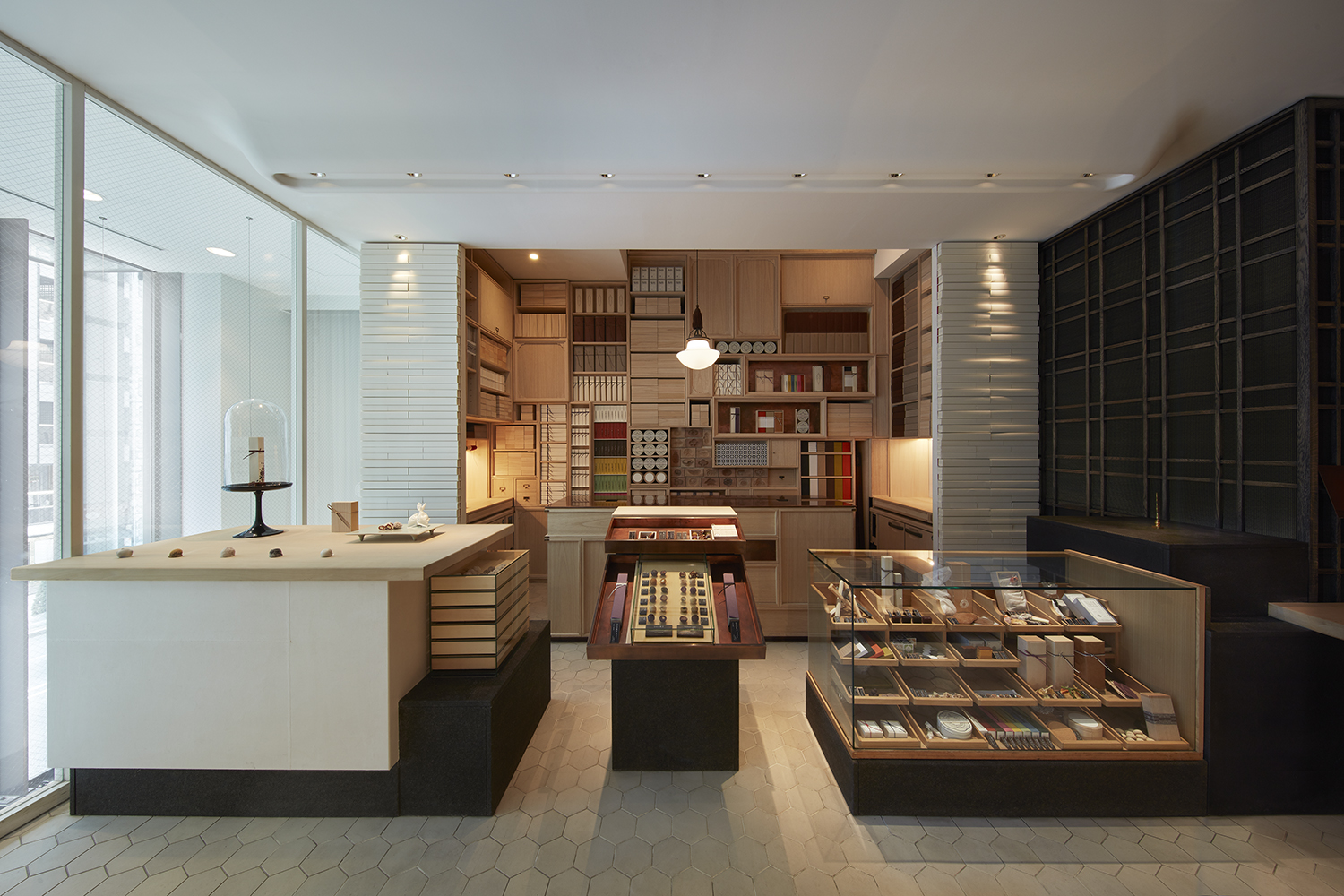
© HIGASHIYA
TRENDING
-
The Tattoos that Marked the Criminals of the Edo Period
Traditional tattoos were strong signifiers; murderers had head tattoos, while theft might result in an arm tattoo.

-
Paris, Tokyo: Robert Compagnon
With his co-chef and talented wife, Jessica Yang, Robert Compagnon opened one of the top new restaurants in Paris: Le Rigmarole.
 3:31
3:31 -
Chiharu Shiota, Red Threads of the Soul
Last year, more than 660,000 people visited the retrospective 'Chiharu Shiota: The Soul Trembles' exhibit at the Mori Art Museum.

-
‘Before Doubting Others, Doubt Yourself. Who Can Truly Say a Dish Isn’t What It Used to Be?’
In ‘A Non-Conformist’s Guide to Surviving Society’, author Satoshi Ogawa shares his strategies for navigating everyday life.

-
The Story of Sada Yacco, the Geisha who Bewitched Europe
Described by Dazed magazine as the first beauty influencer, she has been restored to her former glory since 2019.





